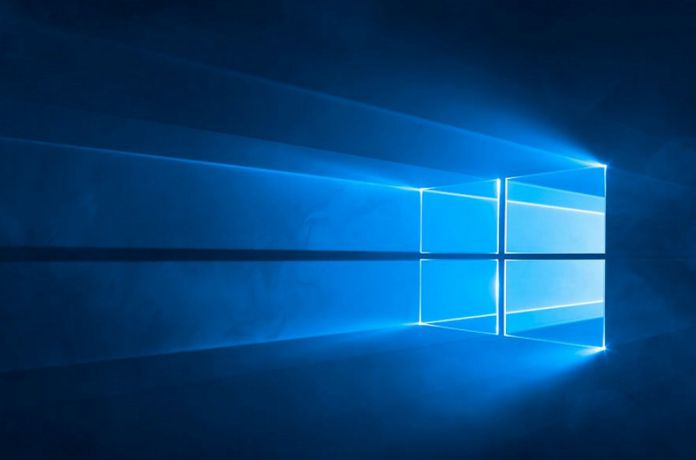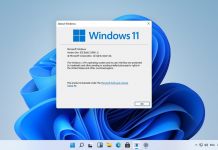This combined with a message telling users that they had to buy a ‘genuine’ copy of Windows or downgrade to Home. The issue appeared to affect both Insiders and those on the latest build and likely prompted some users to take those steps. It seems Microsoft has fixed everything on its end. Assumedly, it was an issue with the company’s servers that was causing the false activation messages.
How to Fix Windows 10 False Activation Errors
However, users may still have to take steps on their end. Windows Insider program manager Brandon LeBlanc says you should use the inbuilt troubleshooter. Clicking ‘Troubleshoot’ in ‘Settings>Update & Security>Activation’ should get things back to normal. Thankfully, the company resolved the issue very quickly this time around. Still, it’s a bad look for a company that recently faced accidental deletion of user files in an official release. Such problems propagate the idea that Windows 10 is unstable and buggy, and it’s getting harder to argue against that idea. For some users, this could have caused damage, both to productivity or because they ended up buying another key for Windows. With hope, Microsoft will provide details about exactly what caused this issue, if it’s working with users to resolve their issues, and how it will avoid them in the future. The fact this affects Pro users means many will have the capability to search for and fix the issue. Unfortunately, it also means the potential damage is higher, and those who don’t keep an eye on media channels may still be confused.




